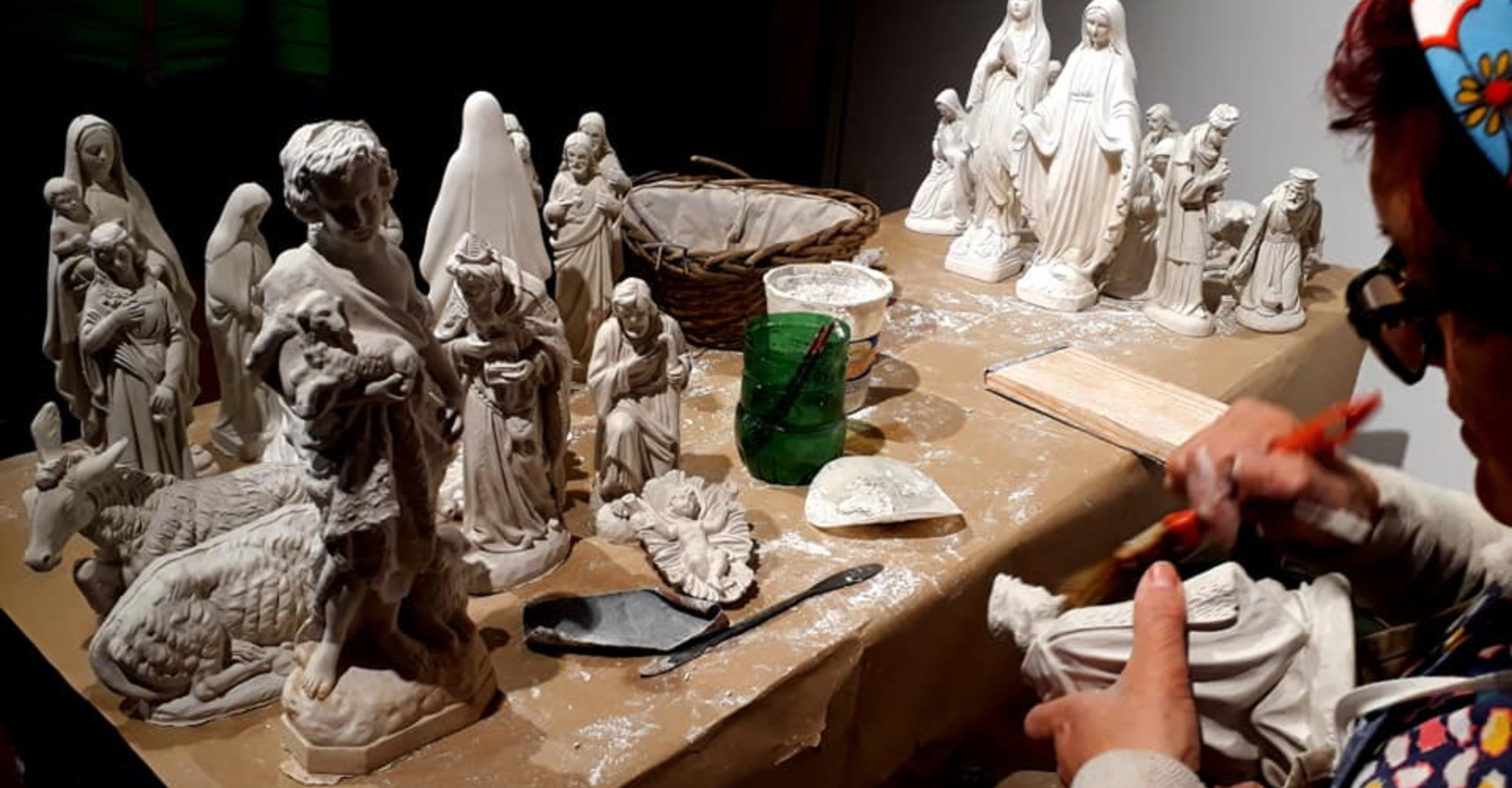The plaster figurines of Coreglia Antelminelli

An artisanal tradition of uncertain origins that has spread widely and is now known all over the world
The production of plaster figurines by Coreglia Alminelli dates back to around the 14th century and forms part of the Lucchesia artisanal tradition.
The reasons that gave rise to the working of artistic plaster are not clear. It's possible that the conditions of poverty which prevailed in the territory led citizens to imitate marble in the hope of better earnings, while another theory traces the origins of the figurines to the work of devoted nuns who created small religious statues.
Starting from the late Middle Ages, masterful figurinai (statuette makers) were specialized throughout the Lucchesia and in particular in the area of Coreglia Antelminelli and Bagni di Lucca where manual stucco work was abandoned in favour of a faster and cheaper work method with moulded plaster. It's said that everywhere in the alleys and streets, you could see small plaster statues left outside to dry.
The scarce earning possibilities led the figurines to undertake long journeys, which gave rise to widespread movement. Between the 17th and 20th centuries, locals gathered in companies and left in search of buyers. These groups were characterized by a well-defined division of roles and mainly followed the Italian communities abroad, even arriving overseas.
The original production of the figurines mainly concerned religious subjects, statuettes for the nativity scene and characters from myth or current events. Today the plaster is worked in the most varied forms, while maintaining a close link with the religious tradition; in the area it's still possible to find small workshops that pass on manual processing techniques, while the Museum of Plaster Figurines and Emigration of Coreglia Antelminelli preserves the historical memory and exhibits a wide selection of figurines.





